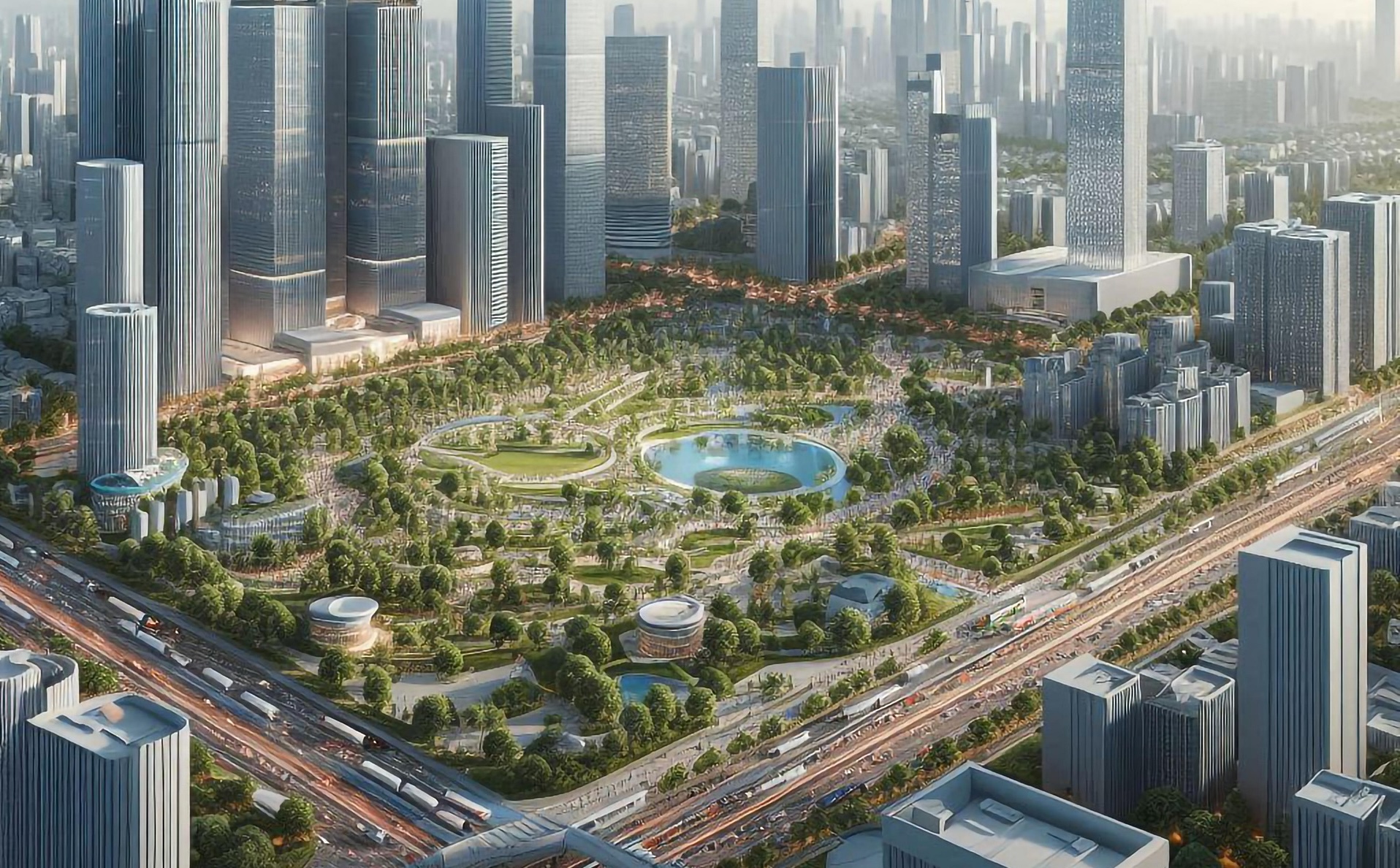
June 09, 2025
India's cities are growing faster than ever before, bringing with them challenges of infrastructure, governance, and equitable development. More than 30% of India’s population now lives in urban areas—a figure expected to reach 40% by 2030. With increasing pressure on land, infrastructure, and governance systems, the need for data-driven decision-making has never been more urgent. Geographic Information Systems (GIS) are stepping in as a powerful enabler—offering the tools and insights needed to guide urban growth in a structured, sustainable, and transparent way.
GIS: A Strategic Asset in Urban Management
GIS enables the visualization, analysis, and integration of spatial data from various sources—maps, satellite imagery, field surveys, utility layouts, population statistics, and more. For urban planners and municipal authorities, this means being able to see the full picture when making decisions related to land use, infrastructure, and public services.
Rather than relying on outdated paper records or siloed databases, GIS offers a unified platform to plan, monitor, and manage city growth with greater accuracy and accountability.
Tackling Land Encroachment Through Spatial Intelligence
Land encroachment is a widespread issue across Indian cities. Unauthorized developments on government land, protected zones, or public utility corridors often go unnoticed until they cause major disruptions.
GIS helps development authorities proactively identify and track such encroachments. By overlaying high-resolution satellite imagery with cadastral (land ownership) maps and zoning regulations, it becomes possible to spot irregularities early. This not only helps in reclaiming encroached land but also supports evidence-based enforcement actions.
Cities like Hyderabad and Bhopal are already using GIS-based monitoring systems to protect public land assets and prevent future violations.
Enhancing Revenue Through Accurate Property Mapping
A major challenge for many urban local bodies is the loss of property tax revenue due to inaccurate or incomplete records. Unregistered constructions, incorrect classifications, and outdated surveys result in a significant gap between potential and actual tax collection.
GIS-based property mapping provides a clear and updated spatial record of every taxable unit. With geotagged property data integrated into municipal systems, authorities can detect discrepancies, assess properties more fairly, and bring untaxed buildings into the revenue net.
In cities like Pune and Surat, the adoption of GIS has led to measurable increases in property tax collection—without raising rates—simply by improving data accuracy and expanding coverage.
Enabling Smarter Planning Decisions
Urban planning involves more than just drafting layouts. It requires a deep understanding of how different elements—population, land use, infrastructure, environment—interact over space and time. GIS supports this by offering multi-layered spatial analysis that can guide decisions on:
Where to expand road networks or water supply lines
How to prioritize housing development based on land availability and proximity to jobs
Which zones are vulnerable to flooding or pollution
By simulating different development scenarios, GIS helps planners choose options that are both cost-effective and aligned with long-term sustainability goals.
Streamlining Governance and Interdepartmental Coordination
Traditionally, different departments in Indian cities maintain separate datasets—land records, utility maps, environmental clearances—all stored in incompatible formats. This leads to delays, duplication, and miscommunication.
GIS bridges these silos by offering a centralized, map-based platform where departments can share and access common spatial data. This improves transparency, reduces manual processing, and helps standardize planning efforts across the board.
Several smart cities in India are now adopting GIS-based dashboards that integrate real-time data for project monitoring, citizen services, and emergency response.
Looking Ahead: Scaling GIS Across Urban India
As cities continue to grow, the importance of spatial intelligence will only increase. The future of urban governance in India depends on how effectively we can integrate tools like GIS into everyday planning and administrative workflows.
To make this shift sustainable, efforts must also focus on:
By embracing GIS, urban India can move toward a future where development is better planned, resources are more efficiently managed, and citizens enjoy a higher quality of life.